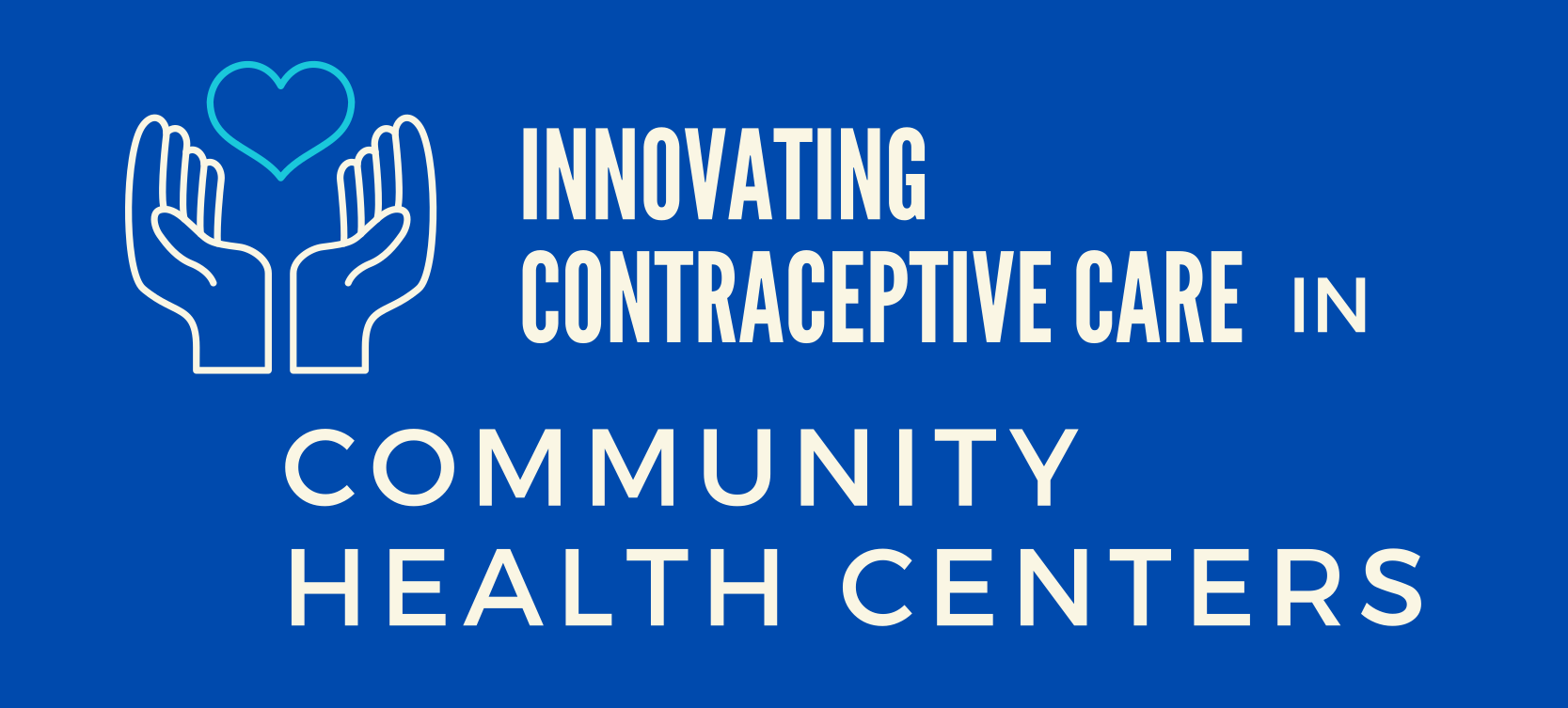Access to contraception is a crucial component of reproductive healthcare. However, despite the advances made over the past decade to facilitate access to contraceptives, many patients still report significant barriers like cost and obtaining their preferred method*. The Guttmacher Institute estimated that over 20 million people needed public support for contraception services and supplies in 2016, a 25% increase from 2010[1]. At the same time, there is a long history of coercion and reproductive violence, particularly against Black, Indigenous, and People of Color (BIPOC). As part of the clinical safety net of the United States, community health centers (CHCs) play an important role in meeting patients’ contraceptive needs while ensuring this is done with a focus on patients’ own preferences and attention to the potential for biases to affect care.
Patient-centeredness provides a framework to guide quality improvement efforts in contraceptive care. This approach to care is defined by the National Academy of Medicine (formerly the Institute of Medicine) as "providing care that is respectful of, and responsive to, individual patient preferences, needs and values, and ensuring that patient values guide all clinical decisions."[2] They also recognize patient-centeredness as a core aspect of health care quality,[3] which is particularly important in the preference-sensitive context of contraceptive care.
To be patient-centered, CHCs should provide all patients with access to a broad range of acceptable and effective contraceptive methods. Ensuring patients have access to their preferred contraceptive method – and can switch based on changes to that preferences – is centra to equitable reproductive healthcare. CHCS can promote equity in contraceptive access by supporting patient autonomy, particularly those identifying as BIPOC, whose reproductive healthcare decision-making has been historically constrained and coerced. Patients who have access to and use their preferred method are more likely to consistently use it as compared to those persons not using their preferred method.[4] Reducing barriers for patients to access their preferred method – by increasing access to all forms of contraception and by implementing and improving person-centered contraceptive counseling, can improve health outcomes and patients' reproductive wellbeing.
[1] Frost J, et al. Publicly Supported Family Planning Services in the United States: Likely Need, Availability and Impact, 2016. New York, NY: Guttmacher Institute; 2019.
[2] Institute of Medicine (IOM). Crossing the Quality Chasm: A New Health System for the 21st Century. Washington, D.C: National Academy Press; 2001.
[3] Institute of Medicine Committee on Quality of Health Care in A. Crossing the Quality Chasm: A New Health System for the 21st 319 Century. Washington (DC): National Academies Press (US); 2001.
[4] Frost JJ, Singh S, Finer LB. Factors associated with contraceptive use and nonuse, United States, 2004. Perspect Sex Reprod Health 2007;39(2):90-9.

